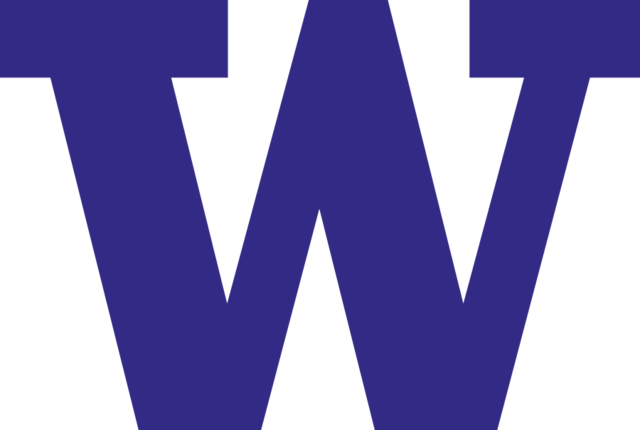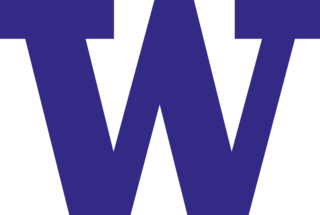The Uneven Geographies of Digital Food Apartheid
Full description
Amid the first wave of the pandemic in 2020, the United States Department of Agriculture (USDA) launched the Online Grocery Purchase Program (OGPP), designed to give those qualifying for public food assistance (Supplemental Nutrition Assistance Program, or SNAP) access to online grocery shopping and delivery. Amazon, one of the first companies to jump aboard, said in a press statement that they “believe the program will mitigate the public health crisis of food deserts†(Reuters). However, “food deserts†have largely been conceptualized within positivist frameworks that overemphasize the significance of grocery store locations, ignoring the injustices in our food systems that result from racialized social, political, and economic failures (Freshour, 2020; Holt-GimeÌnez, 2018; Penniman, 2018), as well as community and care work that builds resilience into them (Reese, 2019). Empirically, our research maps the Amazon Fresh City grocery delivery area around Seattle with census tracts designated as both low-income and low food access by the USDA. Analyzing the resulting map through a critical GIS lens allows us to 1) question the locus and boundaries of the “Fresh City†and 2) begin to articulate potential effects of this program, one of which I am calling “digital food apartheid.†Digital food apartheid is a process co-constituted through the digital and material which creates new boundaries, in this case determined by the private sector, which influence factors like food access, availability, and affordability.
Comments
to view and add comments.
Annotations
No one has annotated a text with this resource yet.
- typePresentation
- created on
- file formatpptx
- file size6 MB
- creatorNatalie Vaughan-Wynn
- publisherUniversity of Washington
- publisher placeSeattle, WA
- rightsAttribution-NonCommercial-ShareAlike 3.0 United States

